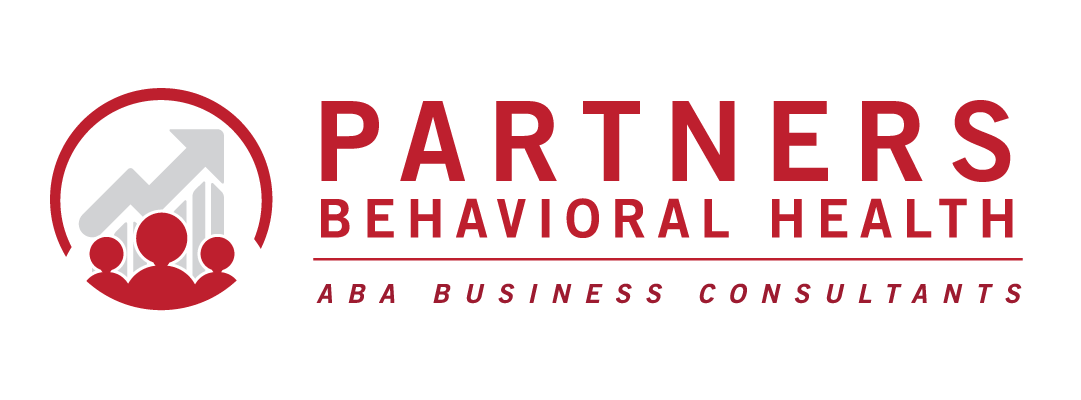Co-pays are an element of cost-sharing in our healthcare system. For physician visits and other healthcare services outside of ABA, it’s often considered best practice to collect co-pays at the point of service (POS).
In ABA, however, it’s common for therapy companies to invoice clients for their co-pays after services and for multiple sessions, for example, monthly. Despite providers’ best intentions, this practice can lead to challenges for clients and providers alike which we’ll outline in this article.
Five reasons to collect co-pays at the point of service:
- It helps customers avoid accruing unmanageable balances and occasions a transparent and upfront approach to planning for that.
- Though there are exceptions, providers can discontinue serving clients who don’t pay their bills, despite common misconceptions.
- Liabilities stem from providers waiving, discounting, or not collecting co-pays.
- Helps address cash flow challenges in the ABA practice
- It helps reduce avoidable or redundant administrative costs.
Collecting co-pays at the POS as part of your regular RCM process can help foster healthier customer relationships in the long run and improve operations, enhancing the overall customer experience. Of course, being an early adopter of changes like this may be received with varying levels of acceptance and support across different stakeholders, and understandably so, but it’s worth considering how it can improve the practice and patient experience.
Providers might look at various options for accomplishing this change in a way that is best received by clients and staff alike.
Take Action: Here’s How
Moving toward this change in our field requires revisions to provider policies and procedures, assignment of responsibilities, staff training, and use of technology and practice management systems.
Center-based programs might implement this in a standard fashion; clients check in, pay their copay, then go in for their appointment.
In practice, the process becomes more complex for home or community-based services, so let’s look at that.
Home-based ABA providers can look toward POS copay collection solutions that allow customers to log in and pay their copay for a session before that session, which then triggers a text to the administrator and therapist. The ABA practice might have a policy requiring payment at a specific time before a session (e.g., between 2 and 4 hours).
In addition to addressing the five essential points above, this signals the client is ready for a session and may otherwise yield improved opportunities to reschedule staff and avoid unnecessary travel.
With this approach, (1) providers can maximize the opportunity to serve otherwise understaffed cases, (2) they can meaningfully address costs associated with cancellations and utilization, and (3) this can even improve staff satisfaction and experience associated with client cancellations.
Inevitably, there will be some practices and client populations where this won’t work well. In that event, providers may seek additional options or solutions. For example, triggering on-the-spot push notifications using a HIPPA-compliant mobile device as a payment processing tool. Of course, solutions like this would need to be agreed upon and accepted by all parties beforehand and therapists would need adequate training.
Quick Summary TLDR:
POS copay collection may not be the right solution for all ABA practices, but it could be a good solution for many people. We must be in a progressive field and learn from other healthcare professions and professionals who have already worked through many challenges we’re encountering as an emerging field.
____
Brandon Herscovitch, Ph.D., LABA, BCBA-D
Our Partners Behavioral Health team comprises industry leaders in ABA and other more established healthcare sectors. We help our customers look at creative, transformative, and strategic approaches for their specific use case to build their competitive edge as they scale ethical ABA practices.




